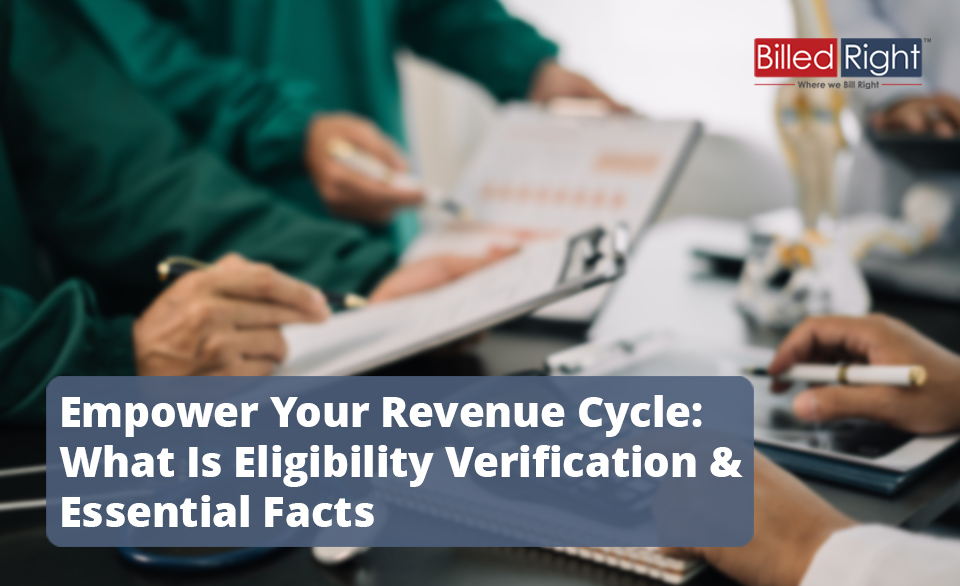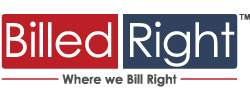Empower Your Revenue Cycle: What Is Eligibility Verification & Essential Facts

Understanding Eligibility Verification
Definition of Eligibility Verification
Eligibility verification refers to the process through which healthcare providers confirm a patient’s insurance coverage prior to rendering services. This procedure ensures that the services to be provided will be covered by the patient’s insurance plan. It involves gathering information about the patient’s insurance details, such as policy specifics, coverage limits, and exclusions.
The verification process typically includes checking the patient’s demographics and policy number against the payer’s records to ascertain the status of coverage. Healthcare professionals often seek to answer critical questions during this process, including whether the patient is eligible for specific services and the extent of benefits provided.
Importance of Eligibility Verification in Healthcare Revenue Cycle
The significance of eligibility verification in the healthcare revenue cycle cannot be overstated. It plays a vital role in maximizing revenue and reducing the likelihood of claim denials. Effective eligibility checks can lead to improved financial management by ensuring that patients are aware of their responsibilities regarding co-pays, deductibles, and other out-of-pocket expenses.
The following table outlines the major impacts of eligibility verification on the revenue cycle:
| Impact Area | Description |
|---|---|
| Revenue Assurance | Ensures services provided are covered, reducing financial loss. |
| Claim Denial Prevention | Minimizes the risk of denied claims by confirming eligibility beforehand. |
| Improved Cash Flow | Facilitates timely payment by confirming coverage up-front. |
| Patient Satisfaction | Enhances patient experience by clarifying coverage and financial obligations early. |
| Administrative Efficiency | Streamlines billing processes, reducing administrative burdens. |
Healthcare professionals need to recognize the value of thorough eligibility verification. Implementing strategies that ensure consistent and accurate checks can lead to better management of the overall revenue cycle.
Key Aspects of Eligibility Verification
Understanding the essentials of eligibility verification in the healthcare revenue cycle is crucial. This section outlines the purpose and benefits of eligibility verification, the process involved, and its impact on revenue cycle management.
Purpose and Benefits
The primary purpose of eligibility verification is to ensure that patients have active insurance coverage for the services they intend to receive. By confirming eligibility before treatment, healthcare providers can:
- Reduce the likelihood of claim denials.
- Ensure timely reimbursement for services rendered.
- Enhance patient satisfaction by clarifying insurance responsibilities upfront.
- Minimize billing errors by verifying patient information immediately.
The benefits extend beyond immediate financial gains. For example, effective eligibility verification processes can lead to improved overall patient experiences, enhancing practice reputation and fostering long-term relationships.
| Purpose | Benefits |
|---|---|
| Confirm active insurance coverage | Reduces claim denials |
| Ensure timely reimbursements | Enhances patient satisfaction |
| Clarify patient responsibilities | Minimizes billing errors |
Process of Eligibility Verification
The eligibility verification process typically involves several steps to confirm patient insurance status. This can vary from manual methods to automated systems. Key stages of the process are:
- Collecting Patient Information: Gather necessary details including insurance information, member ID, and date of service.
- Checking Insurance Eligibility: Utilize online portals or phone calls to verify coverage with payers.
- Documenting Results: Record the eligibility status in the patient’s chart for future reference.
- Communicating with Patients: Inform patients of their coverage status, including any out-of-pocket costs.
Healthcare providers can benefit from streamlined processes, which can be facilitated by automated solutions. Automated systems can speed up verification and reduce the workload of administrative staff.
Impact on Revenue Cycle Management
Effective eligibility verification plays a pivotal role in the overall revenue cycle management (RCM). Accurate verification directly impacts various aspects, including:
- Claim Approval Rates: Proper verification leads to higher acceptance rates of insurance claims, thus ensuring revenue flow.
- Reduction of Claim Denials: A thorough verification process minimizes errors that could result in denied claims. This is especially critical when dealing with complex eligibility conditions.
- Operational Efficiency: By integrating eligibility verification systems into RCM, practices can enhance overall workflow and efficiency.
- Financial Accuracy: Verifying eligibility ensures the correct billing of services against appropriate accounts, limiting revenue loss.
| Impact Area | Effect |
|---|---|
| Claim Approval Rates | Higher acceptance of claims |
| Reduction of Denials | Fewer errors leading to denied claims |
| Operational Efficiency | Streamlined workflows |
| Financial Accuracy | Correct billing limits losses |
Understanding these aspects of eligibility verification is essential for healthcare professionals aiming to optimize their revenue cycle and maintain financial health.







